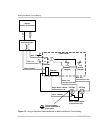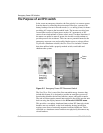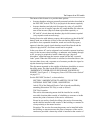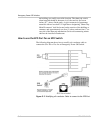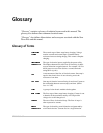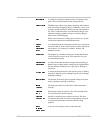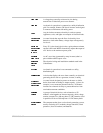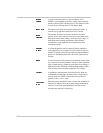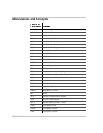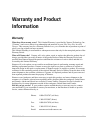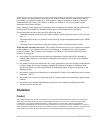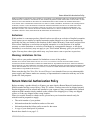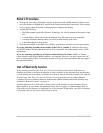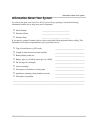
H–4 976-0043-01-02
A group of electrical devices, such as batteries or PV
modules, wired together to increase voltage, while ampacity
remains constant. Two 100 amp hour 12 Vdc batteries wired
in series form a 100 amp hour 24 Vdc battery bank.
The output wave form of an electric generator or utility. A
smooth wave going above and below zero is created.
The amount of current an inverter can deliver for short
periods of time. Most electric motors draw up to three times
their rated current when starting. An inverter will “surge” to
meet these motor-starting requirements. Most Xantrex
inverters have surge capacities at least three times their
continuous ratings.
A switch designed to transfer electricity being supplied to
loads (appliances, for example) from one source of power to
another. A transfer switch may be used to designate whether
power to a distribution panel will come from a generator or
inverter.
A unit of measure of the pressure in an electrical circuit. Volts
are a measure of electric potential. Voltage is often explained
using a liquid analogy, comparing water pressure to voltage: a
high pressure hose would be considered high voltage, while a
slow-moving stream could be compared to low voltage.
A quantitative measurement of electrical power. Watts are
calculated by multiplying volts times amps. Using a liquid
analogy, watts are similar to liquid flow such as litres or
gallons. (watts = volts × amps)
Electrical power measured in terms of time. One watt hour of
electricity is equal to one watt of power being consumed for
one hour. A one-watt light operated for one hour would
consume one watt hour of electricity.



